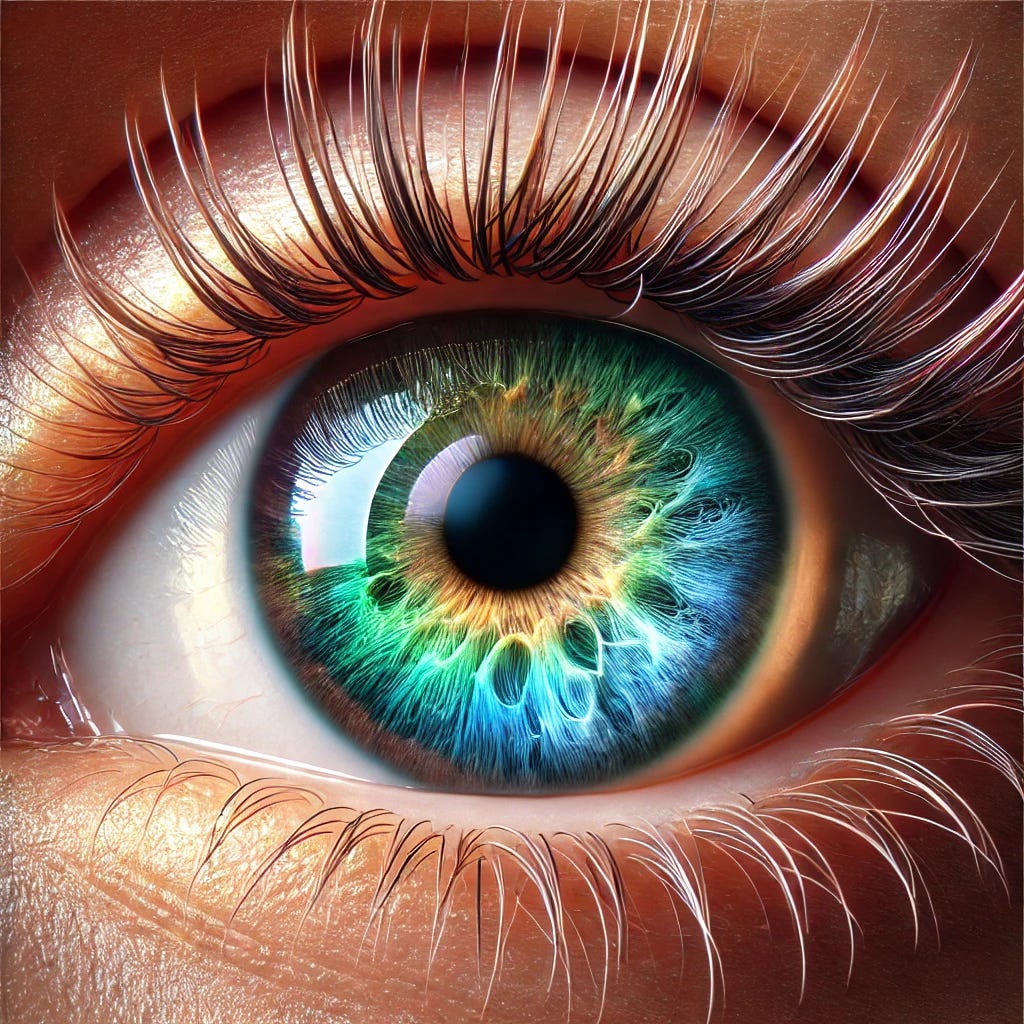Please hit the ❤️ at the top or bottom of this email to help others discover All About Vision With Dr. Kondrot. Your subscription directly supports my ongoing humanitarian work—delivering free eye surgeries and care where it's needed most.
Story at a Glance
Uveitis is inflammation of the uvea (iris, ciliary body, and choroid) that can cause eye pain, redness, floaters, and vision loss.
It is often linked to autoimmune diseases, infections, or systemic inflammation, and in many cases, the exact cause remains unknown.
Uveitis has a tendency to recur, creating cycles of flare-ups and remissions that increase the risk of complications such as cataracts, glaucoma, or retinal scarring.
Mainstream treatments focus on suppressing inflammation with steroids or immunosuppressants and managing complications.
Holistic strategies target root causes like systemic inflammation, gut health, diet, stress, and lifestyle, aiming to reduce flare frequency and support long-term healing.
Takeaway: Managing uveitis means more than controlling eye inflammation—it requires a whole-body approach to stop the cycle of recurrence.
Understanding Uveitis
The uvea supplies blood and nutrients to much of the eye. Inflammation in this area disrupts normal eye function and may damage the retina, optic nerve, and lens.
Types of uveitis include:
Anterior uveitis (iritis) – Inflammation of the iris, most common form.
Intermediate uveitis – Affects the vitreous and ciliary body.
Posterior uveitis – Involves the retina and choroid.
Panuveitis – Affects all layers of the uvea.
The course of uveitis can be acute (short-term) or chronic and relapsing, with repeated flare-ups over years.
Why Does Uveitis Keep Coming Back?
1. Autoimmune Triggers
In conditions like rheumatoid arthritis, sarcoidosis, lupus, or ankylosing spondylitis, the immune system mistakenly attacks eye tissues.
Without addressing systemic inflammation, flare-ups often recur.
2. Infections
Viruses (herpes simplex, shingles), parasites (toxoplasmosis), or bacteria (tuberculosis, syphilis, Lyme) can trigger inflammation.
If untreated or partially treated, these infections can cause repeated recurrences.
3. Systemic Inflammation
Chronic inflammation in the body (from gut imbalance, poor diet, or stress) can spill over into the eyes, keeping the immune system “on alert.”
4. Medication Withdrawal
Stopping steroids or immunosuppressants too quickly can trigger rebound inflammation.
5. Unknown Causes
In nearly half of cases, no clear cause is found (“idiopathic uveitis”), making recurrence more difficult to prevent.
Mainstream Medical Approaches
1. Corticosteroids
The most common treatment for flare-ups: eye drops, oral pills, injections, or implants.
Effective but risky long-term and can cause cataracts, glaucoma, and high eye pressure.
2. Immunosuppressive & Biologic Therapy
Used for recurrent or severe cases.
Drugs like methotrexate, azathioprine, or biologics (adalimumab) calm the immune system.
3. Treating the Underlying Cause
Antibiotics, antivirals, or antifungals if infection is the root problem.
Coordinated care with rheumatologists or infectious disease specialists.
4. Monitoring for Complications
Regular exams check for secondary problems:
Glaucoma (due to steroid use or inflammation)
Cataracts (from chronic steroid use)
Macular edema or retinal scarring
Holistic & Natural Approaches
While mainstream treatment is crucial for acute control, holistic strategies focus on reducing recurrence and supporting whole-body balance.
1. Anti-Inflammatory Diet
Reduce processed sugars, refined carbs, and trans fats.
Emphasize omega-3s (salmon, flax, walnuts), leafy greens (lutein, zeaxanthin), and antioxidant-rich foods (berries, citrus, turmeric).
Curcumin (from turmeric) has shown strong anti-inflammatory effects in autoimmune eye disease.
2. Gut Health & the Microbiome
Dysbiosis (imbalanced gut bacteria) is linked to autoimmune flare-ups.
Support with probiotics (yogurt, kefir, sauerkraut) and prebiotics (fiber-rich vegetables, garlic, onions).
A healthy gut helps regulate the immune system and reduce systemic inflammation.
3. Stress Reduction
Stress hormones trigger immune imbalance.
Mind-body therapies like meditation, yoga, breathwork, and tai chi reduce flare frequency.

